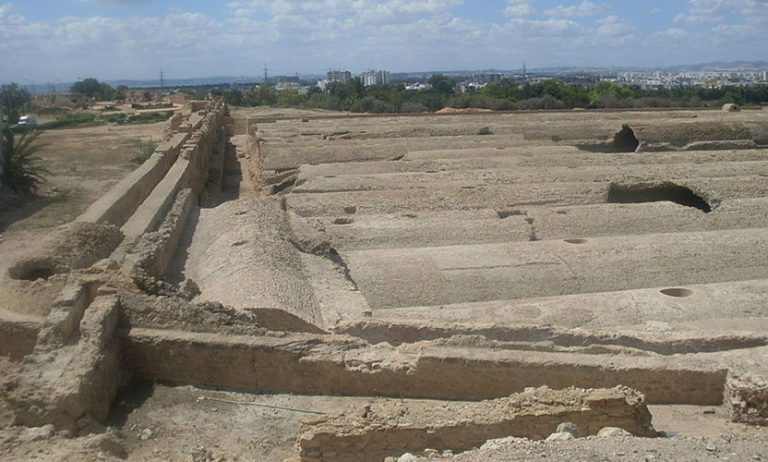Tunisia, Tunis
Water supply in Roman Carthage

Hydria Virtual Museum
Relevance
Since the ancient times of Carthage, the Tunis region has always been struggling with the scarcity of water resources, resulting in the development of a considerable know how in Hydraulic Engineering.
Carthage began as a Phoenician colony as it was in a prime location for trade and defense. It occupied a peninsula of about 50 km², for over a thousand years was one of the most populated cities of the Mediterranean. The city could not have grown so much, had not its water problem been intelligently solved since the Roman times: water trasfered through aquifers and rainwater harvested was collected meticulously stored in public or private tanks to cover the city needs. This water was sufficient to cover not only the basic needs of drinking, hygiene and irrigation, but also for the operation of the well known water-demanding industries of tanning, dyeing, and treating textiles in general, for which the Carthaginians, like their Phoenician ancestors, had acquired a great reputation.
As water remained a rare and precious commodity in a country with low rainfall, it preserved a considerable status in the Arab and Muslim literature. Essential to life, necessary for ritual ablutions, needed to refresh the patios and nurture the gardens of the villas, it was indeed one of the most sought-after amenities. Bedroom windows were built only two feet above the ground in order to allow its owners to enjoy the view of the patio, where it was not uncommon to see a small fountain pool.

Hydria Virtual Museum
In Tunisia, the remains of monuments testifying such works could not be more numerous and varied. One can find everything: from wells and drainage galleries, to small cisterns and water towers, pipe surfaces, aqueducts, basin irrigation dams, neighborhood and monumental fountains, baths, latrines etc.
This case study attempts to shed light on this great millennium of hydraulic engineering, through the most spectacular and well known waterworks of the Carthaginian period, namely:
- the cisterns of Malaga (la Malga), vast ancient storage tanks used to supply water to the ancient city of Carthage,

Hydria Virtual Museum
- the aqueduct of Zaghouan, that ran for over 100km to feed the Malaga cisterns,

Hydria Virtual Museum
but also the wells, watermills, steam rooms, built during the Arab Musilm period etc.